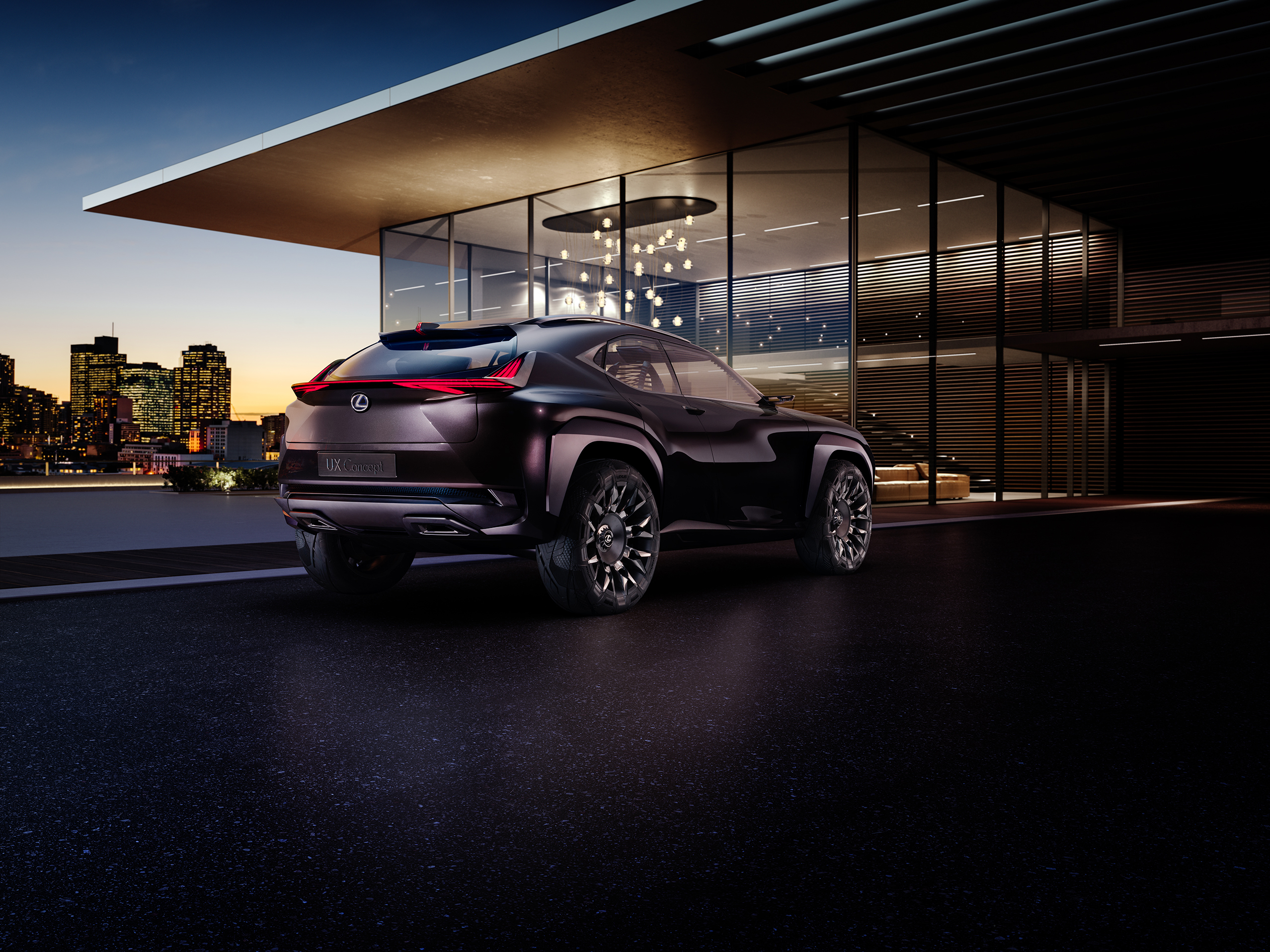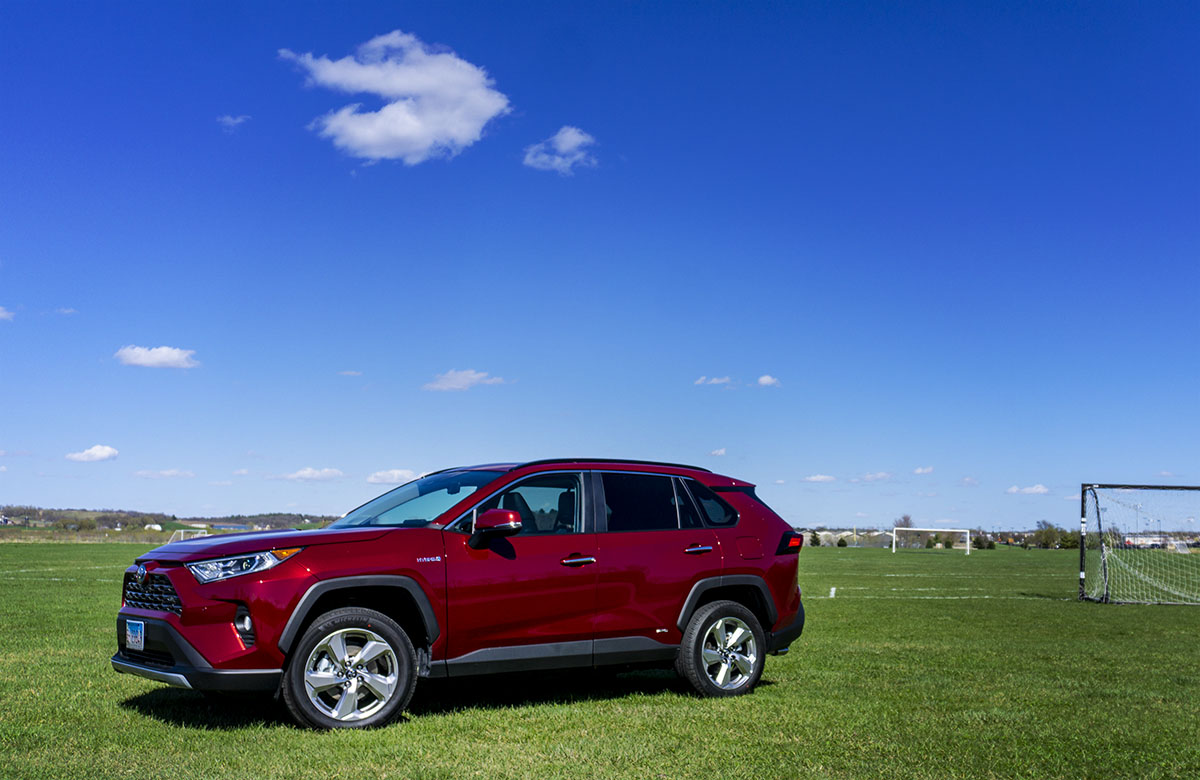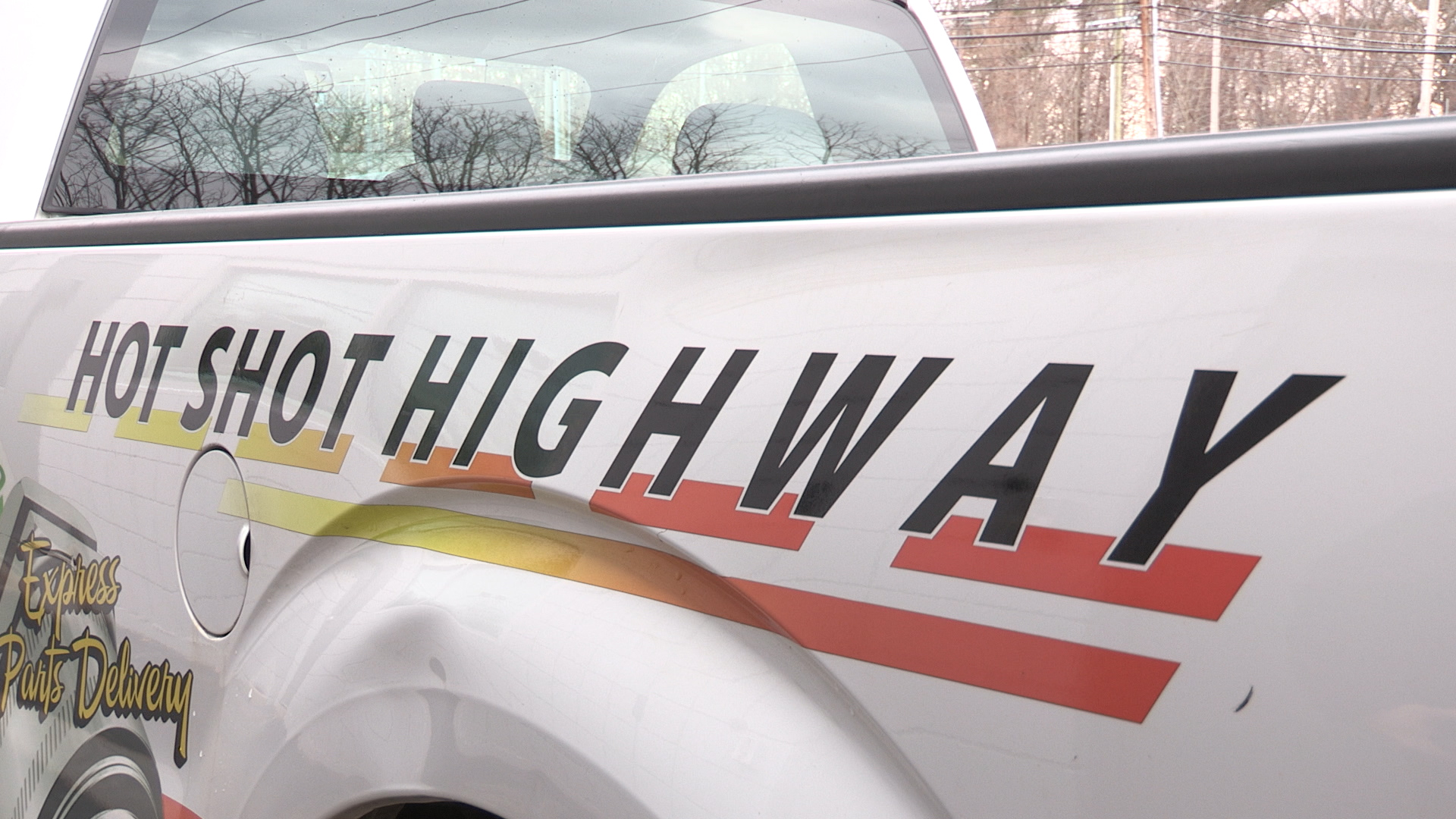Moving Forward By Looking Back: MINI Vision Next 100
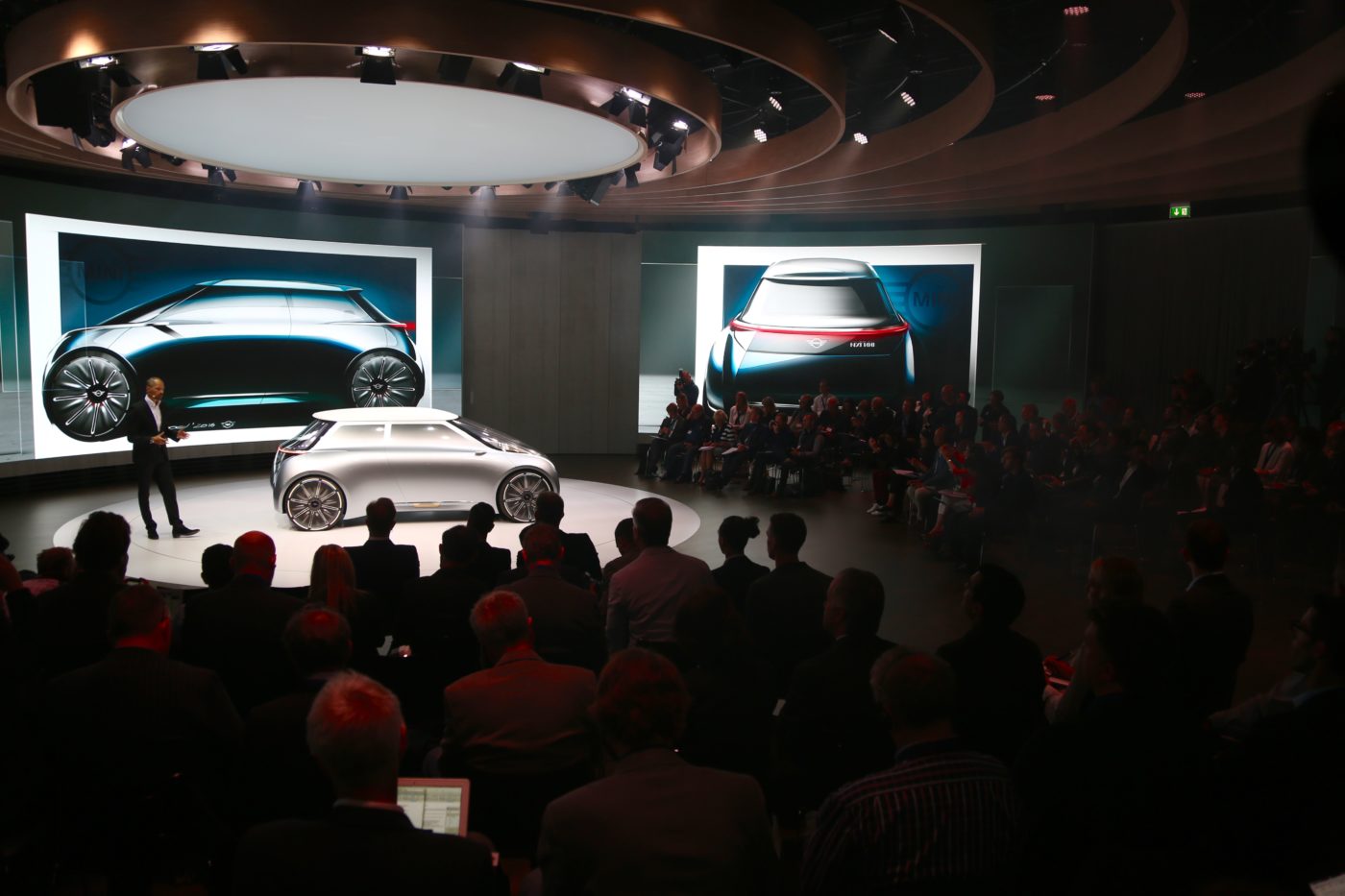
London’s Roundhouse Theatre began life as a humble train shed with a turntable used to put locomotives in the right direction on the right track. It had outlived its original purpose by the late 1950s and thanks to the enterprising artist Arnold Wesker, it was converted to a venue for London’s emerging pop culture crowd. Through the ‘60s and ‘70s it became one of the premiere venues for live music in the world hosting acts that included The Who, Jimi Hendrix, The Rolling Stones, The Sex Pistols, The Clash, Genesis and Blondie and so many more. It was also home to experimental performance art that included works by Warhol and rock theater spectacles like Godspell and Oh! Calcutta! But like so many iconic venues it fell into disrepair in the 1980s and ‘90s. Recently reborn and now the host to not only top current music artists and shows, it’s also home to the Roundhouse Young Creatives Project nurturing the arts for a new generation. With this history, it’s not surprising then that Rolls-Royce and MINI chose to unveil their Vision Next 100 concept vehicles in this incredibly creative space.
MINI Vision Next 100
Like the Rolls-Royce and BMW Vision Next 100 cars, this is an exercise in predicting and creating the world 25 years into the future. As it rolled silently onto the stage powered by its zero emissions electric drivetrain, the Mini Next (what I’m calling the concept from now on to save me all those keystrokes) looked every bit the part. With its full glass front end and intriguing technology, this Mini is not of this age, but the lines and details pay homage to Minis of every era. Starting with the profile, the Mini Next is definitely an evolution of the current Mini design, a two-door square back coupe with the wheels pushed way out to each corner. Because this is a concept, Mini designers made several assumptions about technology, social trends and laws governing autos in the future.
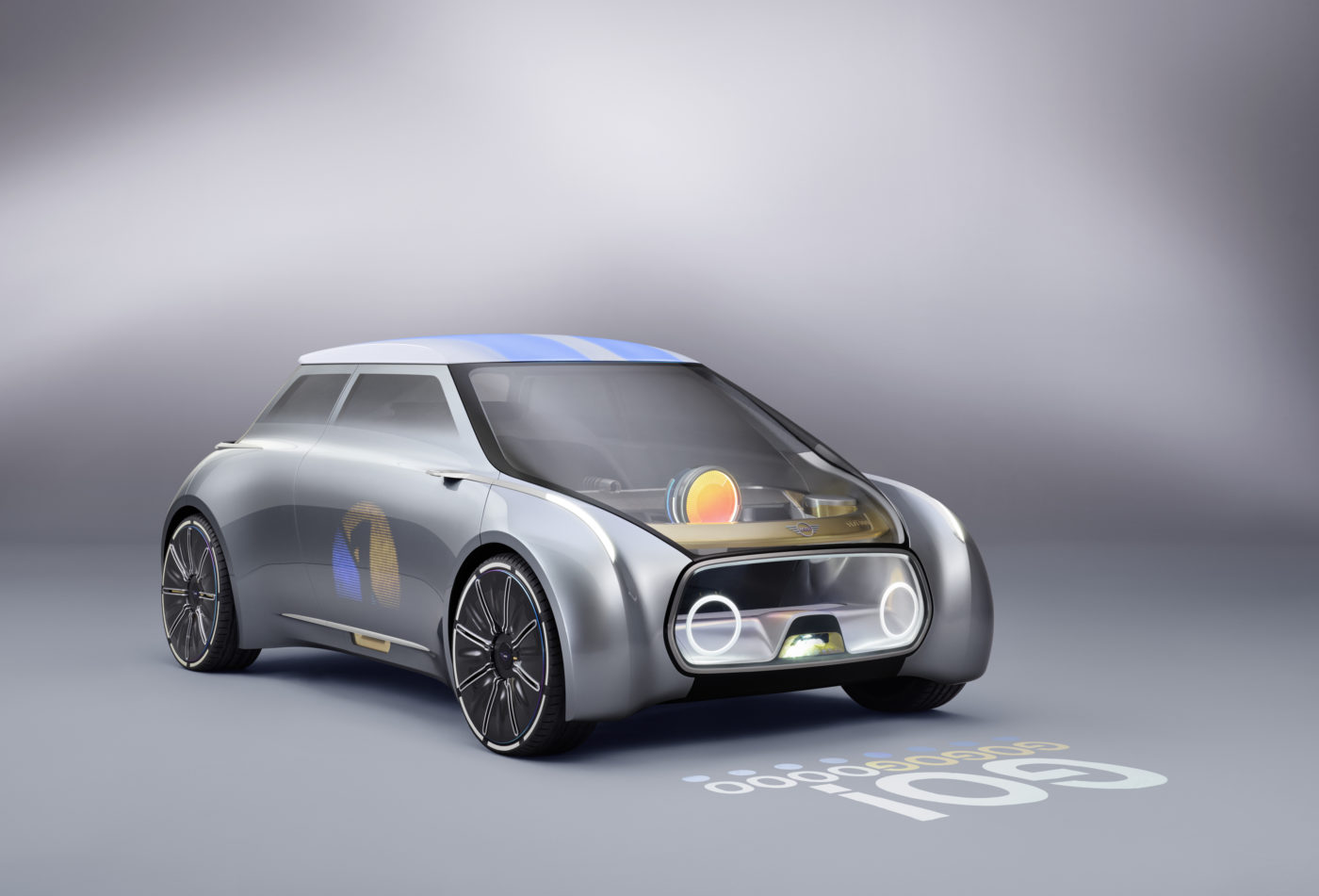
One is that in the future, autonomous technologies will make accidents a thing of the past. Thus Mini was able to do away with a lot of the crash safety features built into current cars like bumpers, crumple zone and airbags. The most obvious feature of the concept its glass front end which provides an unrestricted view of the road ahead. This also makes driving without pants a thing of the past, but that’s another story! The transparent front quickly becomes overshadowed when the car’s subbed silver skin transforms chameleon-like based on the driver’s preferences and moods. This is the first overt symbol of one of the key elements of the Mini team’s vision of the future, that’s based on the concept of car sharing and carries that trend to its ultimate conclusion.
Calling it “Every Mini is my Mini” the idea is that you don’t actually own a Mini, but own the use of a MINI whenever you want it. Thanks to autonomous and connected technologies, you’ll be able to order up a Mini, anytime day or night and it will come to you set up just the way you like it, even welcome you by name if you so choose. Once the car arrives you can keep it in self-driving mode or take over and drive yourself. While not going into specific details on the mechanicals, Mini promises the go-kart like handling and spirited performance will still be at the heart of the driving experience.
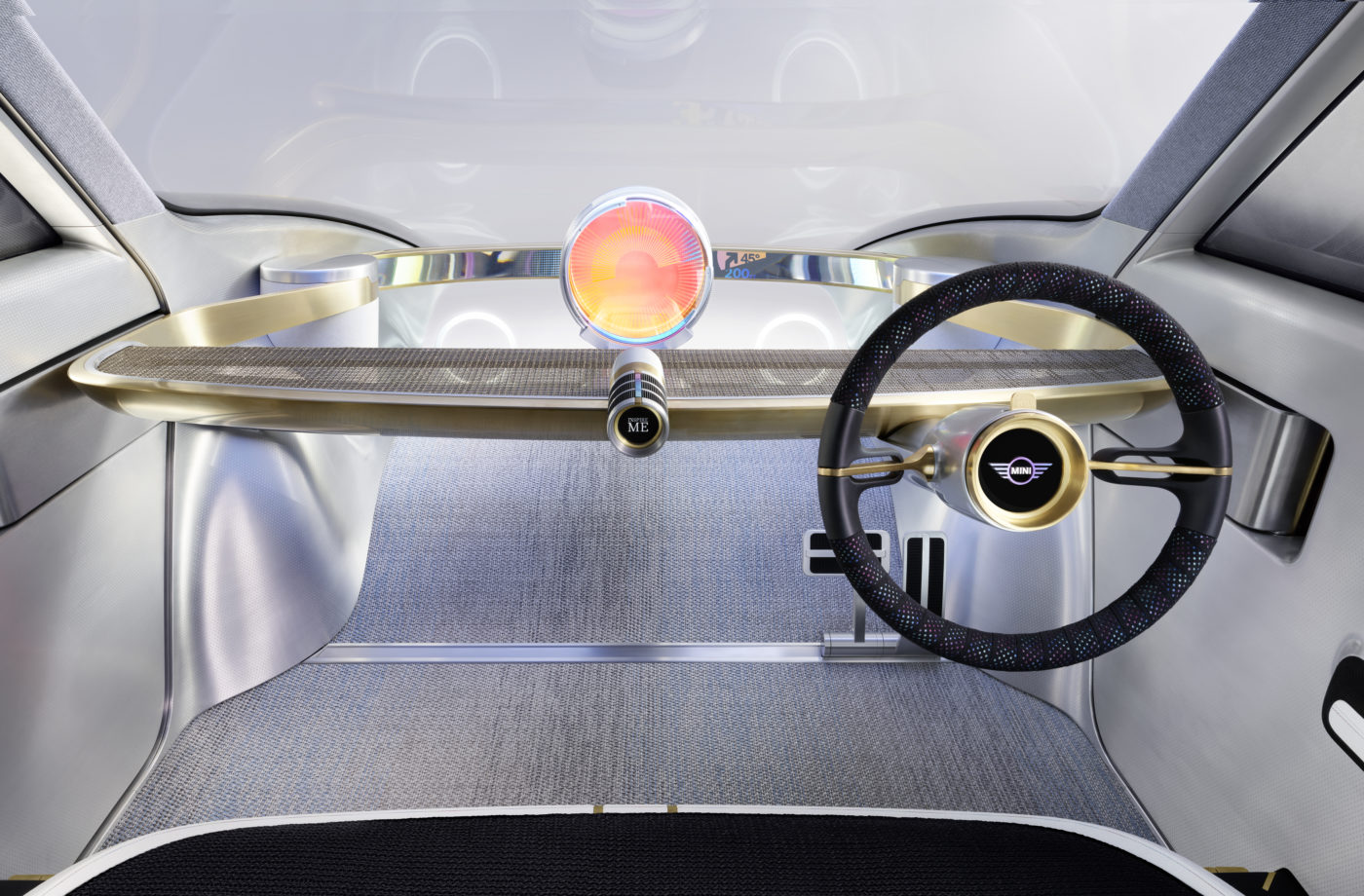
Inside, the car features an open and organic look and feel. Because all the controls wirelessly communicate to the motors, the accelerator, brake pedal, and steering wheel can be slid to either side of the car, or centered when the car is in autonomous mode. The materials in the Mini Next concept are all highly durable since the cars will be shared and used more often than a private car is currently. Recycled plastics and aluminum abound. The seats are covered in Alcantara, a synthetic suede and the cargo netting is made from lightweight basalt.
While there is no traditional instrument panel, the Mini Next features a new concept called the Cooperizer. Looking like a kaleidoscope mounted in front of the driver, the Cooperizer has rotary controls that allow you to select everything from drive mode to entertainment options, lighting, navigation, and even holds some surprises. Pressing the “Inspire Me” button on the Cooperizer checks the driver’s downloaded user data and engages the car’s artificial intelligence to recommend everything from a restaurant, show or exciting drive route on your way home.
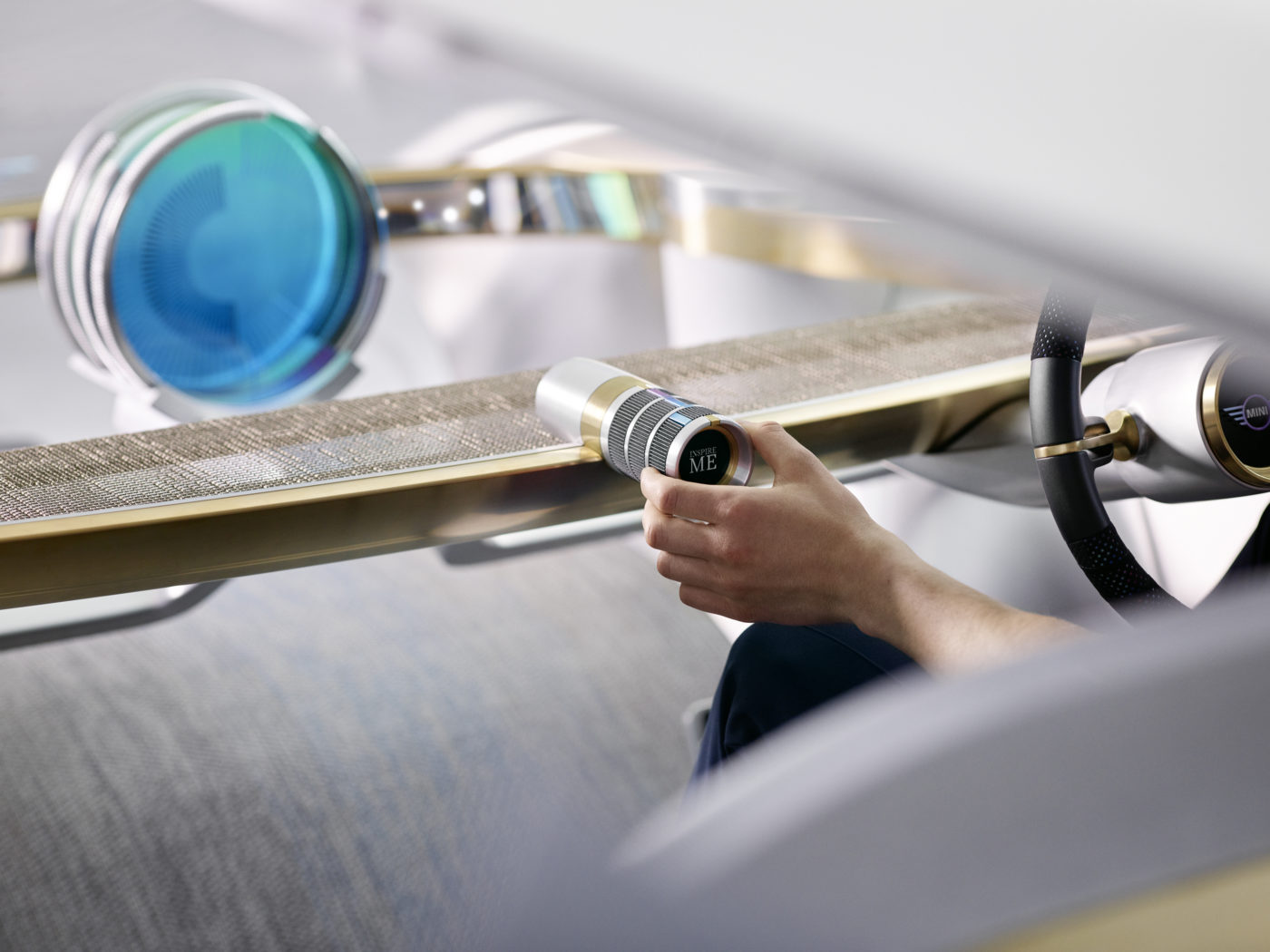
It’s an interesting view of the future and an expression that presents some of the possibilities of how connected and autonomous technologies can transform driving, but one that I’m not ready for yet. Which is why I’m glad the next stop on our tour was the Mini assembly plant 55 miles northwest of London where I’d get the opportunity to take the wheel of a present day JCW Mini Cooper.
Where It All Began
Oxford, England is the home to the oldest university in the English speaking world. It’s where Geoffrey of Monmouth codified the Arthurian legends when in 1139 he wrote the History of the Kings of Britain. It’s where in the 1920s, William Morris founded the Morris Motor Company. And it’s where on 8 May 1959, a small, innovative car designed by Sir Alec Issigonis knocked the automotive world on its collective ear. In the ensuing ten years, more than 600,000 Morris Minis rolled off the assembly line, creating a legacy that would endure for the ages.
The original Mini was nothing short of a revelation. A microcar that was big inside and surprisingly fun to drive, it quickly became a cultural icon when celebrities like the Beatles, Princess Margaret, Peter Sellers and Mary Quant were seen behind the wheel. And when the legendary British race engineer, John Cooper, got his hands on one, this small, fun, quirky little hatchback became a giant killer. As evidenced by this video of a vintage Mini Cooper S challenging a mighty Mustang on the track in 2014.
I was reminded of just how different the original Mini was from the typical American car of the era when I stood next to one they have in the museum area of the Mini plant in Oxford. The original Mini survived for seven product generations and finally went out of production in 2000. But even though the original product lost its relevance, the brand was so strong BMW resurrected it a year later with a Mini for the modern era.
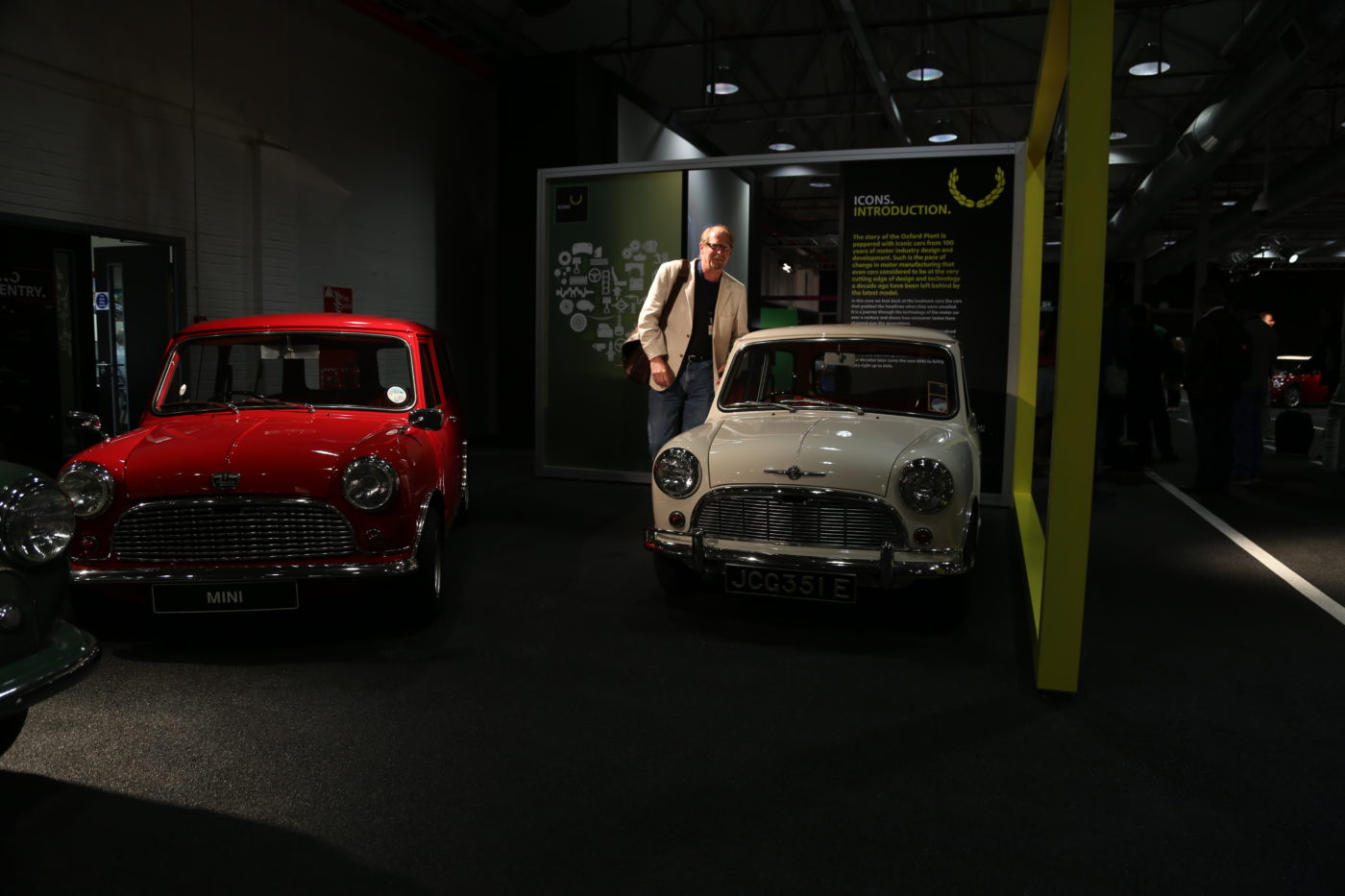
The MINI plant is a study in old and new. It uses some of the original buildings that were part of the Morris Motor Company so many years ago. In the final assembly area, while the machinery is modern, the buildings themselves feel as though they’re right out of the industrial revolution. And there are people everywhere, laying in wiring harnesses, installing interior bits, putting wheels on and driving the car away to the inspection area.
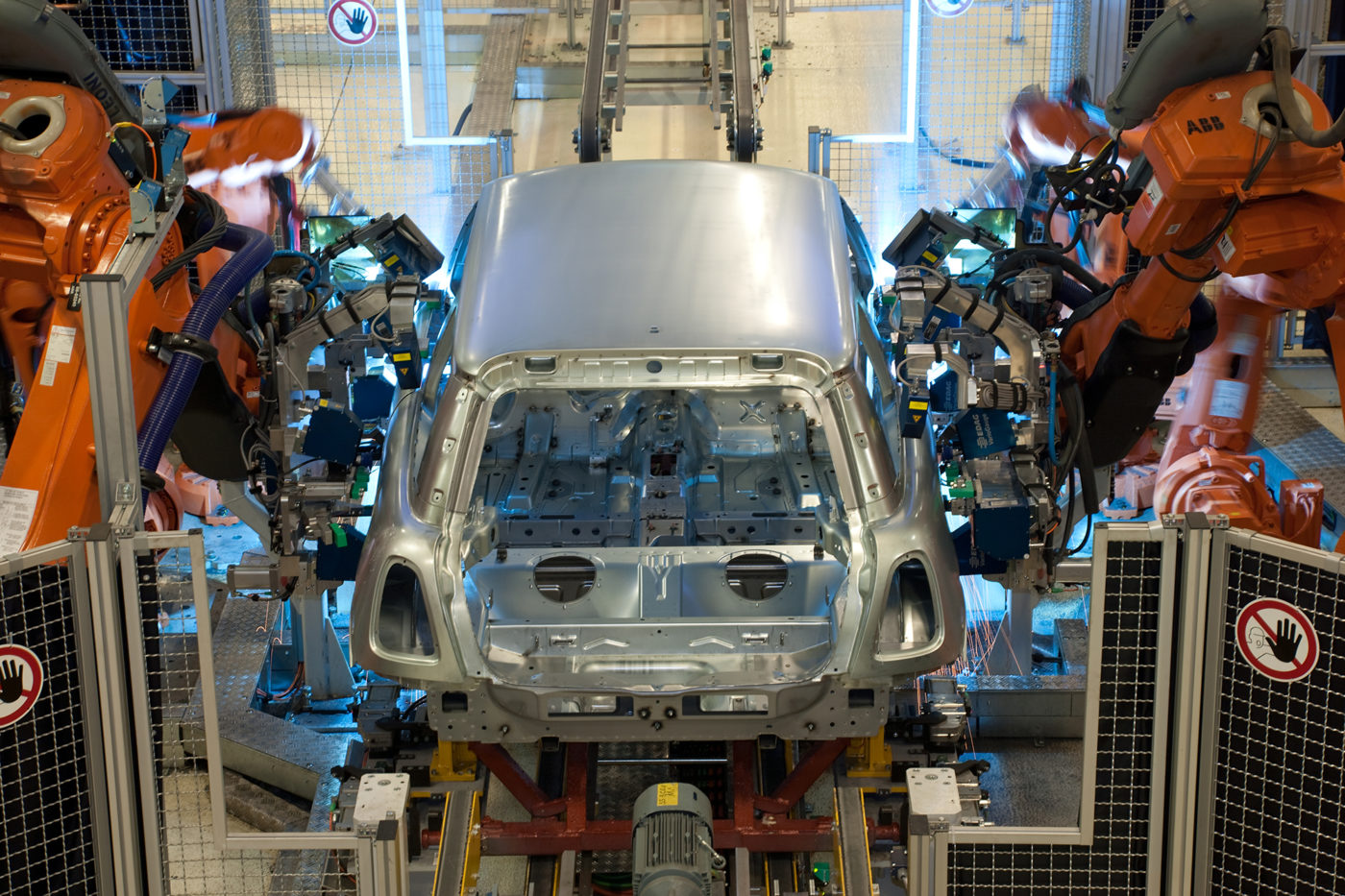
But walk across the campus into a newer building where the unibody structures are put together and you see a coordinate dance of a thousand robots The body-in-white area area features 1,000 robots performing a dance so well choreographed it would make Bob Fosse jealous. What you don’t see in this area are people. It’s a highly mechanized process that’s designed to produce a solid, rigid and durable platform, which is a very good thing based on my afternoon drive.
A Drive in the Country
After nearly four hours spent on some of the narrow country roads that connect Oxford to Henley-on-Thames, I can see why the Mini is so Mini. Now in its third iteration, the new Mini is bigger than ever, but still a very small car. Driving a 2016 John Cooper Works Mini on a sunny Thursday afternoon in this pastoral setting, however, I can confirm that it’s still a Mini at heart. Just like the original Mini, there’s plenty of leg and head room inside. And, just like the 1964 Mini Cooper S, there’s plenty of power under the hood thanks to its BMW made 228 horsepower four-cylinder turbocharged engine. It is both quick and nimble. On some of the tighter sections of pavement, however, I would have preferred the original Mini. A few of the English country back roads were two lanes in name only. At one point we had to pull our car halfway into the hedgerow on the left side of the car to let oncoming traffic go past.
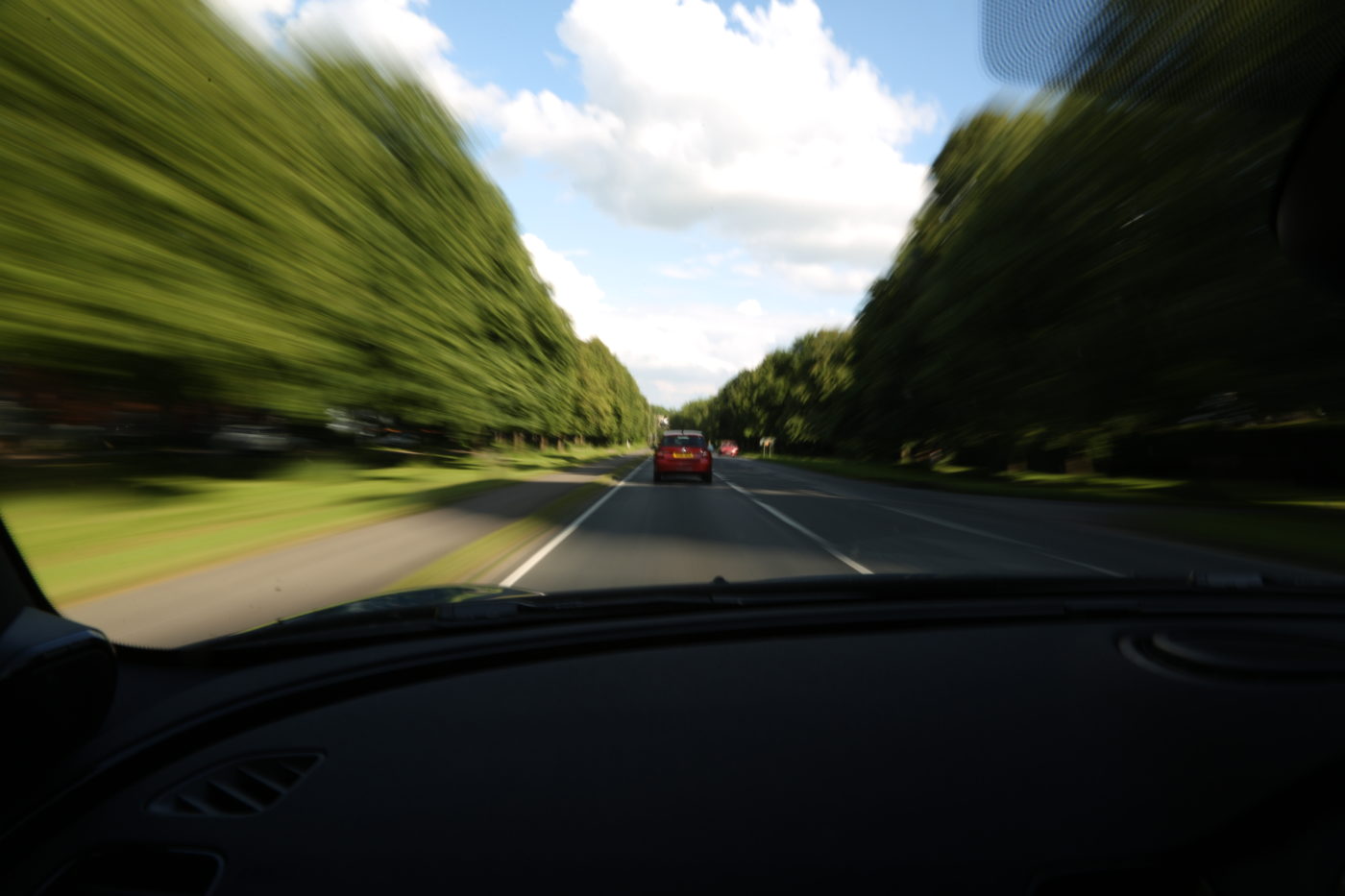
Driving in England – on the wrong side of the road – takes some getting used to. I kept David E. Davis, Jr.’s mantra in my head the whole time I was behind the wheel, “Keep left. Look Right.” Everything looks different from the right side of the car and the left side of road. I found myself initially way off the centerline hugging the left hand curb. But after a few miles and a couple of right turns that had me initially on the wrong side of the road, I got the hang of it and was able to relax and enjoy the drive which for the most part was uneventful.
Motoring past the bucolic manors and estates, you imagine England is a world that’s much more genteel and sophisticated than ours in the States. And then you come into a small town to find a woman carrying a sign, riding on horseback with a dozen or so other protesters milling about. Their cause? No it wasn’t Brexit or some other high minded concern. It was parking. Specifically the fact that street parking causes too much congestion in their quaint village, which made it all the more ironic when one of my fellow journalists took the mirror off his Mini after he sideswiped a parked car while staring at the woman on the horse.
Henley-on-Thames
Our destination was the idyllic Henley-on-Thames a town north of London that fairly bristles with history. Founded in 1179, Henley added its first church in 1204 but the town wasn’t incorporated until 1568. It is home to the world famous Henley Royal Regatta, and we arrived the day before the women’s competition was to start. That meant the Thames was churning with oars as the coxswains’ calls carried to the riverbanks and spectators lined the river cheering on their favorite crew.
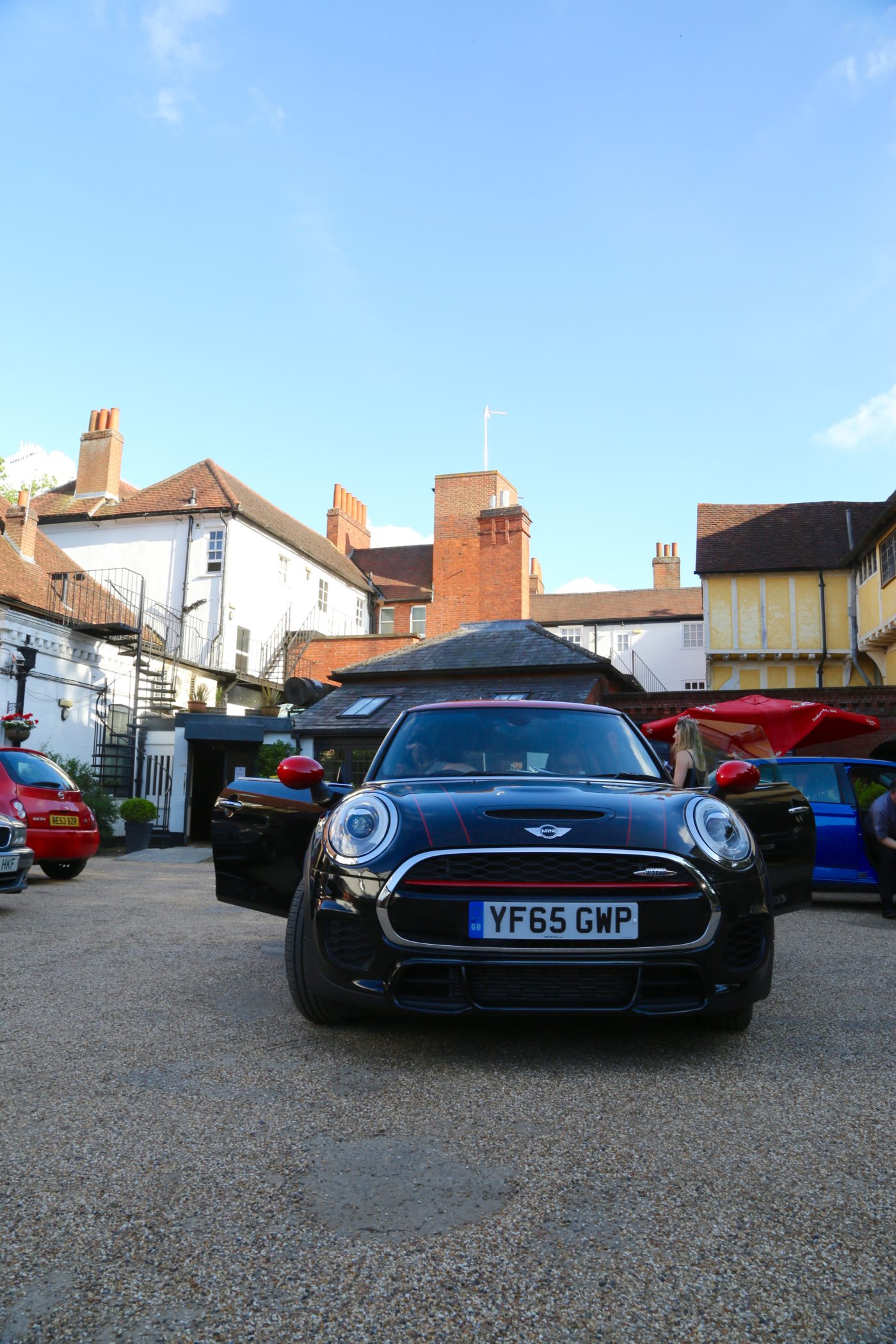
Pulling through the archway into the courtyard of the Red Lion Hotel was like driving through a portal back in time. Once I parked the car and grabbed my bag, I was able to take a moment and soak it all in. The building originally served as a rooming house for workmen building St. Catherine’s Chapel back in 1531 and bears the patina of its years. Clean and well kept it is still old, with floors that creak and doorways slightly askew. One can imagine the ghosts of a thousand travelers who enjoyed a stay in one of the Red Lions generously proportioned rooms, wandering the halls of this old brick edifice. Unlike many hotels, the Red Lion has not be updated with modern washrooms and amenities. One suspects most of its fixtures date from the mid 20th century and though serviceable, do show their age.
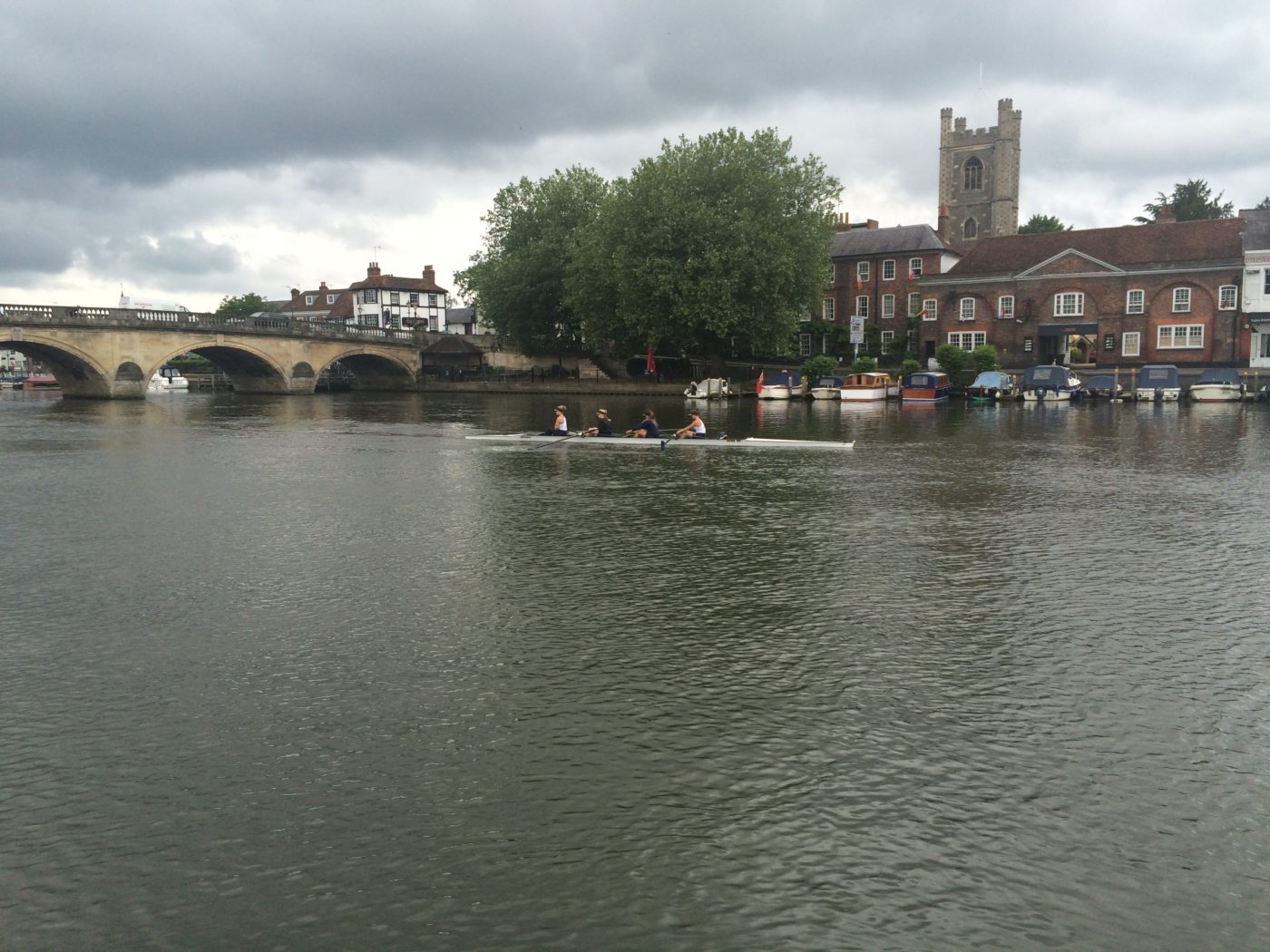
Aside from its history and character the best feature about the Red Lion is its location. My room overlooked the Thames and was just a short walk from Henley’s market square, where a public market has been held since the 13th century. Adjacent to the square is the town hall, a Victorian building designed by Henry T. Hare and built in 1901 to commemorate Queen Victoria’s Jubilee. Saved from the ravages of the German airstrikes in World War II because of its lack of industry, Henley-on-Thames collection of classic buildings house a wide variety of boutiques, gift shops and restaurants. After spending an afternoon and morning wandering the town, enjoying some of its culinary offerings – dinner at Shaun Dickens at the Boathouse is highly recommended – and poking my head into a few of the more unique shops, I can see why the town is a favorite weekend destination for Londoners seeking respite from the din and crowds of the city.
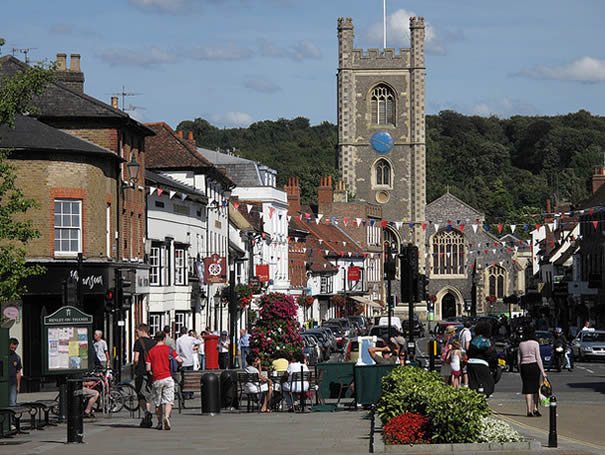
If you’re lucky enough to have a John Cooper Works Mini S, take the back roads and your weekend getaway will start the minute you get behind the wheel.
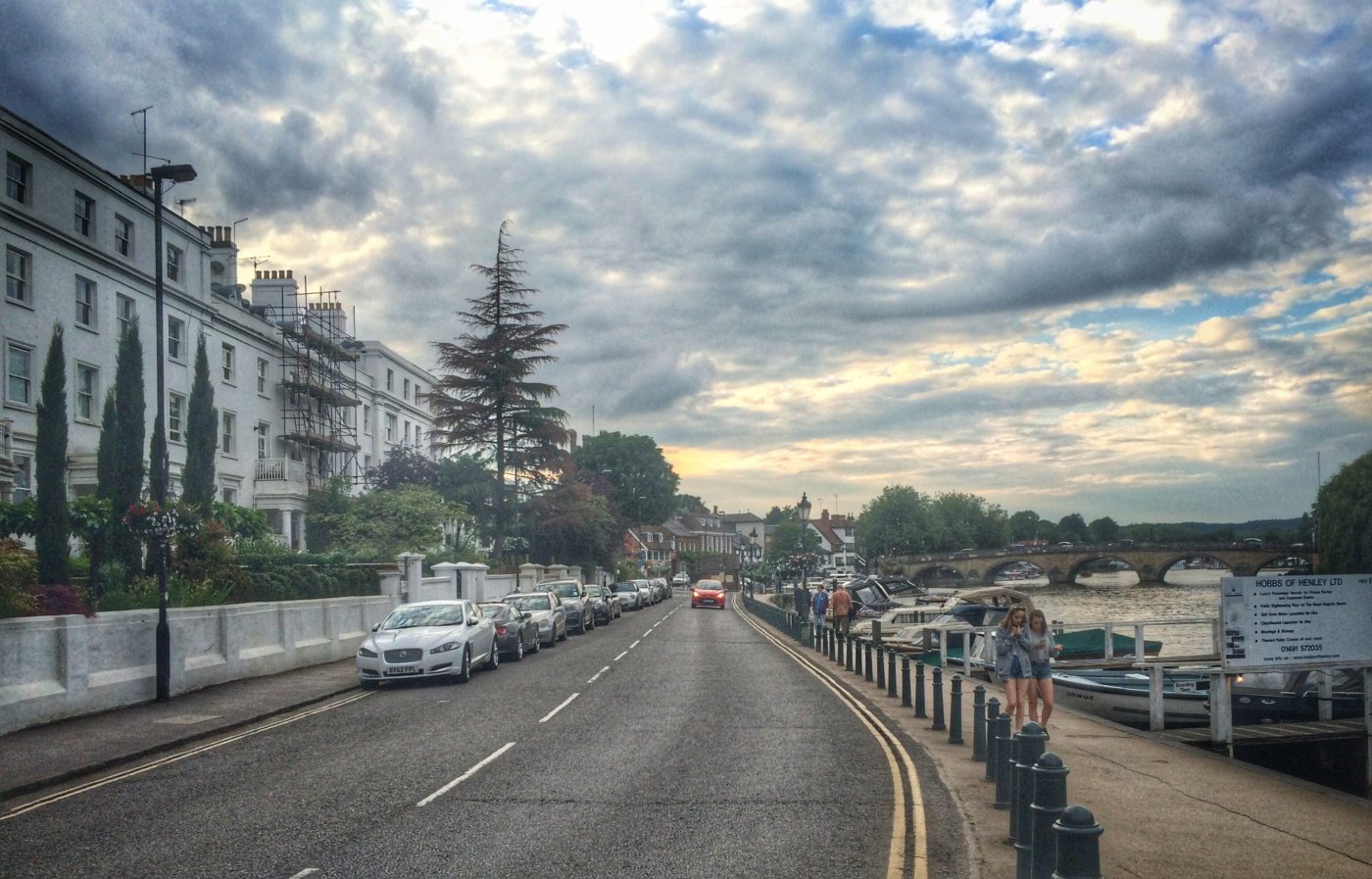
While the manufacturer paid for all travel expenses and provided the vehicle for this story, the opinions and recommendations in this post are 100% ours.

